|
On Conwy’s Sychnant Pass, the call of a male Cuckoo welcomed Spring on Saturday. Y Cog, in Welsh, features in a ninth-century poem, Claf Abercuawg, and one folk tale suggests that you’ll retain your state of health from the day of your first Cuckoo for the rest of the year. I trust I’ll remain out birdwatching until Christmas! Other Cuckoos in the hills of North Wales include a satellite-tagged male that returned to moorland above Wrexham for at least his third summer. Tracking by the British Trust for Ornithology shows he completed his 5000-mile journey a week earlier than in 2022, making the final leg from Brittany at the weekend.
Cuckoos feature in the latest UK Wild Bird Indicators published by government, based on surveys conducted by birdwatchers across the country. Birds of enclosed farmland fare worst, down 60% since 1970, but a decline in woodland species has accelerated in the last decade. Even wetland birds, whose populations were stable until 20 years ago, are on the slide. An upland bird indicator, published for the first time, shows a 10% decline since 1994. Moorland specialists, such as Curlew and Whinchat, and upland river birds such as Dipper, have declined the most. Recent highlights in North Wales include Blue-headed Wagtails at Cemlyn, RSPB Cors Ddyga and Gronant, where the first Little Terns are on the beach fenced off by Denbighshire Council wardens. Large arrivals of Little Gulls and Bar-tailed Godwits around Britain included small numbers in North Wales. But Britain’s first Black-winged Kite, filmed near Newtown last week, has yet to show itself again. Following the failure of aged Mrs G to return to Nant Glaslyn, the male Osprey at Pont Croesor, Aran, has a new mate. Glaslyn Wildlife have named her Elen, after another Eryri peak. She laid her first egg on Monday.
0 Comments
It’s the time of year for early morning bird surveys – and I love it! Creeping out of the house at 4am into the frigid quiet, roads empty save for an occasional delivery van, an owl or a Badger in the headlights. Switching off the engine on the moorland in the pitch black, and already two species have woken: well before daybreak, Skylarks and Curlews are joyous and welcome sounds.
This Friday is World Curlew Day, an opportunity to celebrate a family of birds in decline across the world. Our Eurasian Curlew is a regular sight along the coasts of North Wales over winter, but most adults have now left for their breeding grounds in northern Britain, Finland and Germany, so just the year-old birds remain here. The Welsh breeding population is far rarer, probably only a few hundred nesting pairs remain and they are forecast to be extinct by 2033 without immediate action. Gylfinir Cymru, a partnership that wants to keep the bubbling call of Curlew in Wales, is asking farmers, gamekeepers, birdwatchers and walkers to record sightings of Curlew in potential breeding areas so that conservation measures can be taken. Head to bit.ly/curlewcymru (neu bit.ly/gylfinircymru yn Gymraeg) if you have records that could help. Bird of the week was a Red-rumped Swallow that fed over lagoons at RSPB Conwy for a couple of days, only the second reserve record. Remarkably, the third Alpine Swift in a fortnight was seen there on Friday, and later briefly over Llandudno’s Grand Hotel. Other regional highlights include two Dotterels and a Siberian Chiffchaff on Bardsey, Hooded Crows at Morfa Nefyn and RSPB South Stack, Wood Sandpiper and Garganey at RSPB Cors Ddyga on Monday, and Little Gulls at Cemlyn and Valley. The first Whimbrels of spring are on Anglesey, Redstarts have arrived in small numbers and Pied Flycatchers are back on territory. Click on the images below to see Steve Culley's photographs of the Red-rumped Swallow The spectre of bird flu in wildlife may not have been in the news lately, but has not gone away. Seabird wardens are monitoring colonies anxiously as auks, terns and Gannets return from a winter at sea or the African coast. Confirmation of highly pathogenic avian influenza (HPAI) in Sandwich Terns in The Gambia is especially worrying as that’s a wintering area for many British-nesting terns. In the USA, several endangered Californian Condors have died of HPAI in recent days and the virus has reached poultry in the southernmost region of Chile, a country that has witnessed die-offs of species as diverse as Brown Pelicans and sealions. Concerns are growing about the potential impact of bird flu in the wildlife-rich Antarctic region. Meanwhile in Britain, the government is now asking for all dead birds to be reported to Defra, online or on 03459 335577.
In North Wales, Sandwich Terns are returning to their only Welsh colony at Cemlyn and seasonal firsts included Tree Pipit at RSPB South Stack, and Grasshoppers Warbler at RSPB Cors Ddyga and Llanbedr last Tuesday, Sedge Warbler at RSPB Valley Wetlands on Friday and Reed Warbler at RSPB Conwy on Monday. Hoopoes were briefly at Cemlyn and in a Rhoshirwaun garden, near Aberdaron. A Spoonbill made a one-day visit to RSPB Cors Ddyga last week, and there were equally brief appearances by an Iceland Gull at Hen Borth on the north Anglesey coast and by four Avocets at Malltraeth Cob pool. An Alpine Swift was reported over Llandudno West Shore on Sunday, a few Common Sandpipers and Little Ringed Plovers are scattered along the coast, and larger numbers of Wheatears and Willow Warblers are now arriving. The spring gathering of Great Northern Divers in Caernarfon Bay reached 34 birds on Saturday, staging here ahead of their journey to the Arctic Circle. The first half of April should see widespread arrival of summer migrants, but some early appearances include a Pied Flycatcher at RSPB Ynys-hir on 30 March, Redstart in the Conwy Valley, House Martins at several sites in North Wales and a juvenile Swallow at RSPB Conwy that may have hatched in southern Europe in February.
An influx of Alpine Swifts from southern Europe extended to North Wales last week, with two over Llandudno Junction, one past Bardsey, at least one over Talacre and another over RSPB Burton Mere Wetlands that drifted regularly into Flintshire. Two were reported close to the Great Orme on Sunday evening, where they may have roosted in the cliffs. Since there had been only a dozen records in the region previously, and just three since the turn of the century, that made for quite a week. Herons have a prolonged breeding season, with some large Grey Heron chicks in nests by the Conwy estuary, but Little Egrets have yet to start nest-building. A Cattle Egret on Porthmadog’s Llyn Bach was only the third record on the Glaslyn and a Purple Heron is on fields behind Porth Neigwl. Mediterranean herons have been spreading north in recent years, and may feel extra pressure because of drought in southern Spain, exacerbated by irrigation that takes water from natural wetlands to supply soft fruits for our tables. A Cuckoo fitted with a satellite tracker passed quickly through southern Spain, flying some 2,200 miles in just a few days from Guinea, south of the Sahara, to rest in the hills above Valencia. It’s hoped that it will return to moors near Wrexham where it was tagged by the British Trust for Ornithology in 2021. Elsewhere, the head-plumes of three breeding-plumage Slavonian Grebes shone yellow in the sunshine off Penmaenmawr at the weekend, with another three in Beddmanarch Bay. Ring Ouzels were on Penycloddiau and South Stack, and a Black-necked Grebe off Llanddulas, where at least two Surf Scoters remain. Ospreys have returned to the Glaslyn Valley and Llyn Brenig. |
Bird notesA weekly update of bird sightings and news from North Wales, published in The Daily Post every Thursday. Archives
July 2024
Categories |
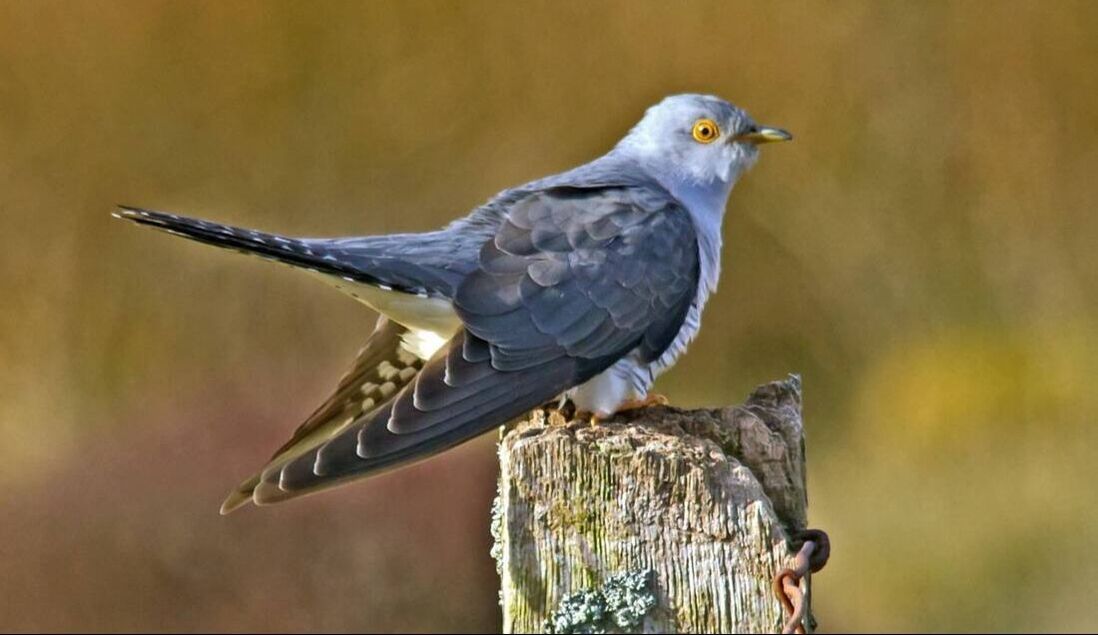
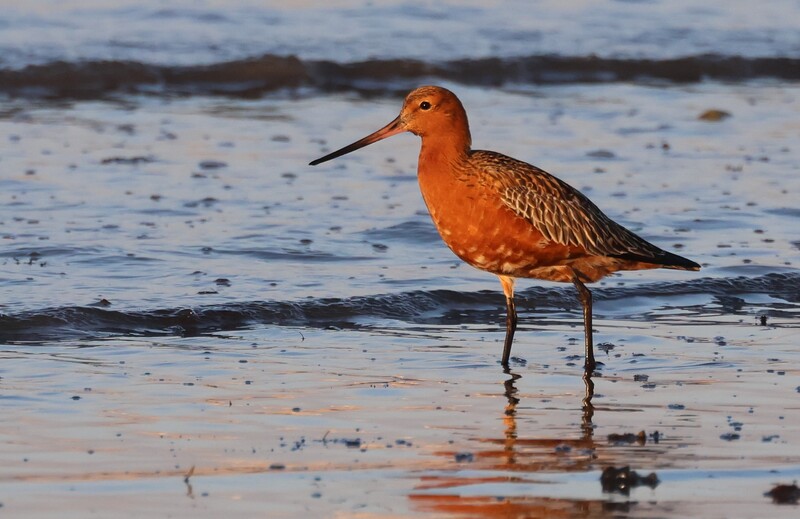
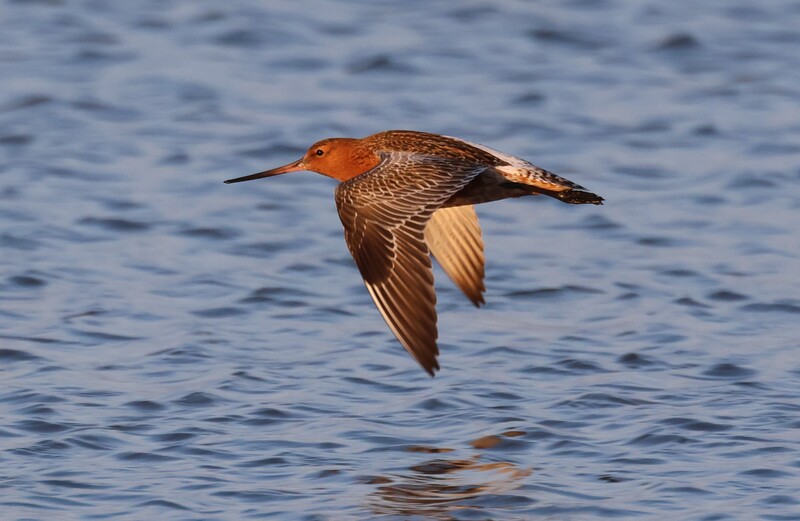
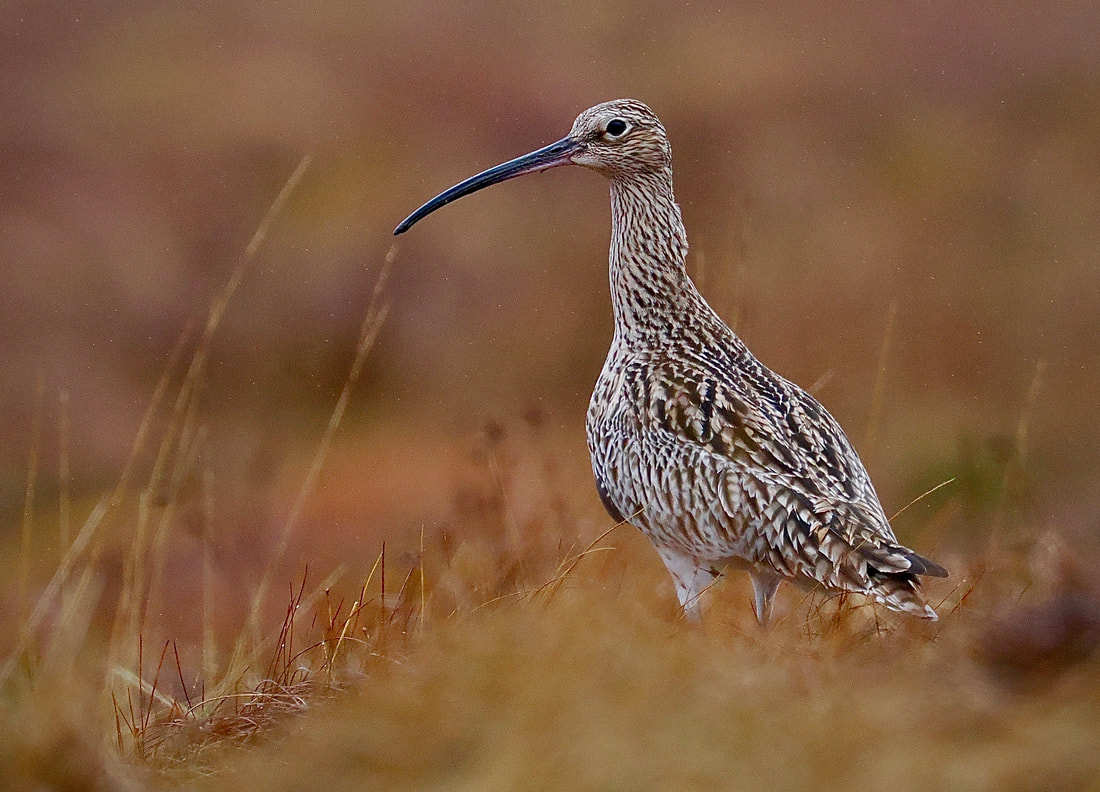
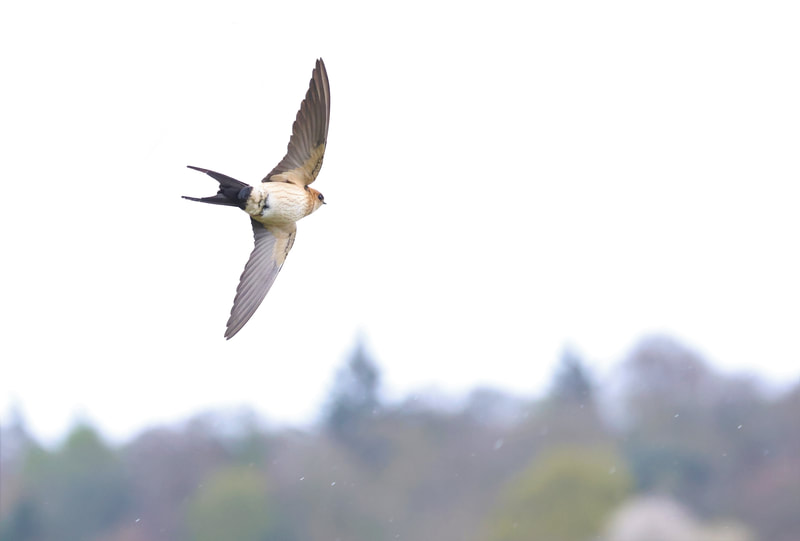
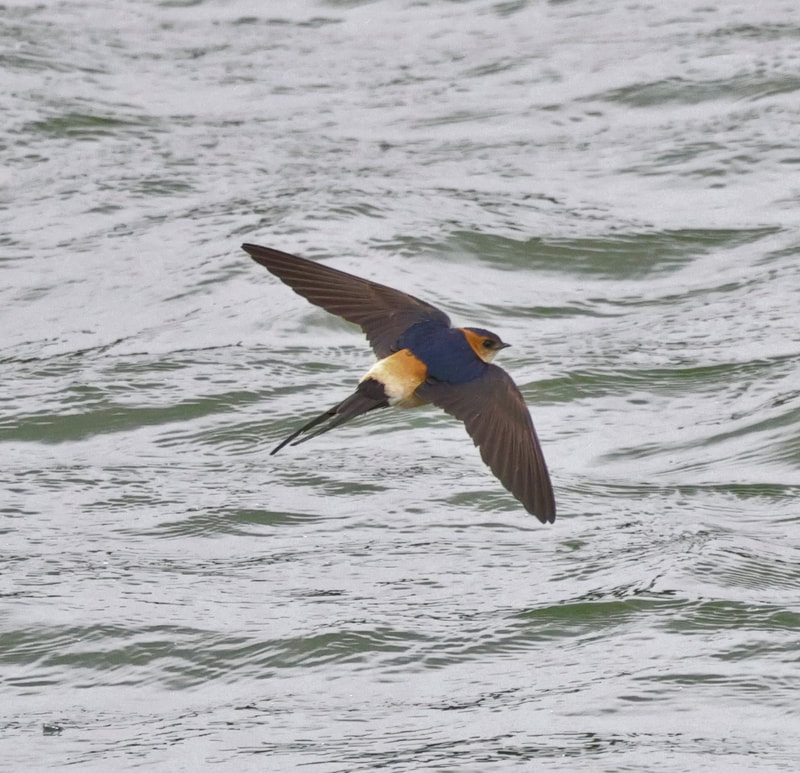
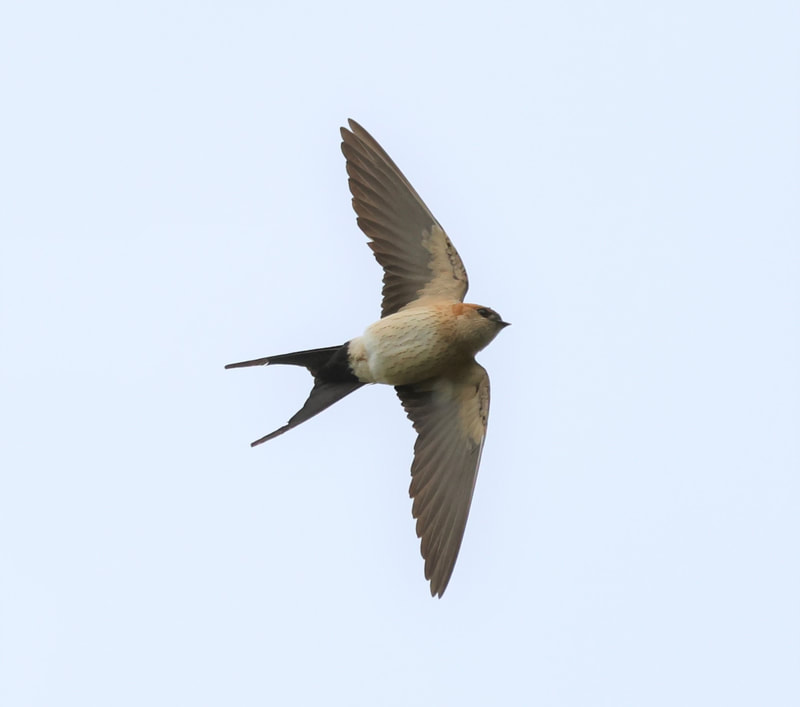
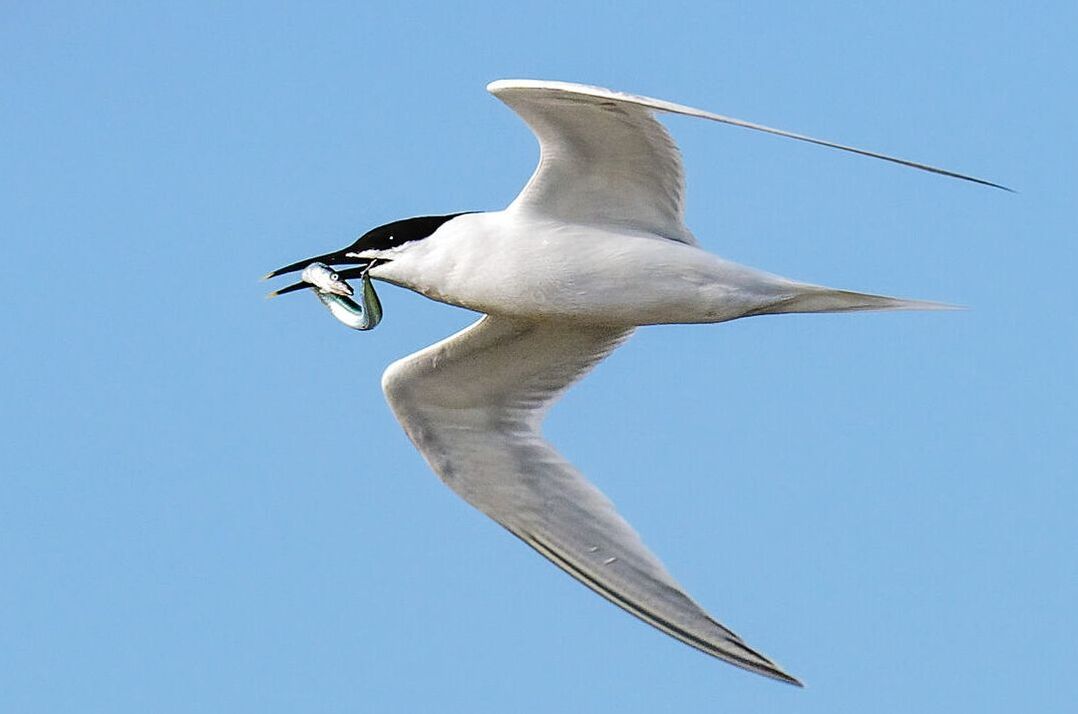
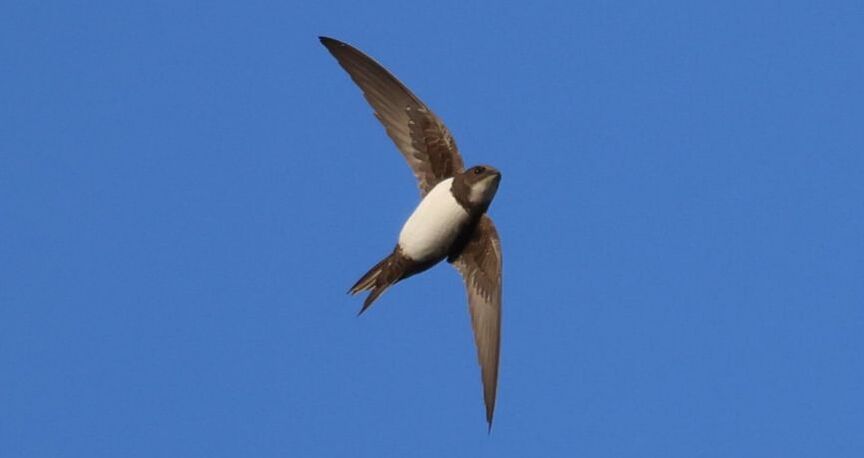
 RSS Feed
RSS Feed
